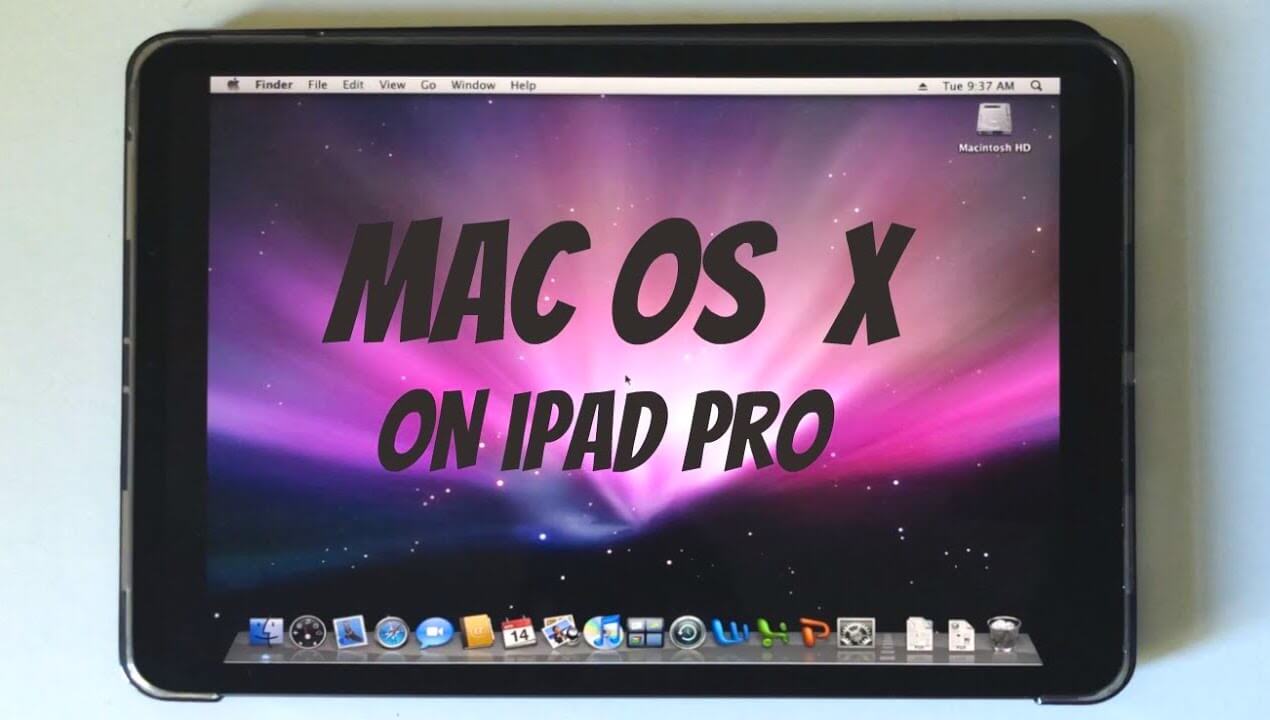Download for Mac OS X Learn about voice changing software for Mac. Also available for Windows. Mac Multi-Track Software MixPad is powerful multi-track mixing and recording software designed for professional audio production. Download for Mac OS X Learn more about Mac multitrack software.
Monitor Calibration and Profiling using X-Rite i1Match software in Advanced mode; Monitor Calibration and Profiling using X-Rite i1Match software in Easy mode; Monitor Calibrations and Profiles on a PC; No active monitor profile message in Snow Leopard (Mac OS 10.6) OSX 10.7 Lion compatibility for X-Rite Color Management Solutions. NTFS-3G is an open-source cross-platform implementation of the Microsoft Windows NTFS file system with read/write support. NTFS-3G often uses the FUSE file system interface, so it can run unmodified on many different operating systems.
| Developer(s) | Tuxera Inc. |
|---|---|
| Stable release | |
| Written in | C |
| Operating system | Unix-like, Haiku |
| Type | |
| License | Dual-licensed GNU GPL/Proprietary[citation needed] |
| Website | www.tuxera.com/community/open-source-ntfs-3g/ |
NTFS-3G is an open-sourcecross-platform implementation of the Microsoft WindowsNTFS file system with read/write support. NTFS-3G often uses the FUSEfile system interface, so it can run unmodified on many different operating systems. It is runnable on Linux, FreeBSD, NetBSD, OpenSolaris, illumos, BeOS, QNX, WinCE, Nucleus, VxWorks, Haiku,[1]MorphOS, Minix, macOS[2] and OpenBSD.[3][4] It is licensed under the GNU General Public License. It is a partial fork of ntfsprogs and is under active maintenance and development.
NTFS-3G was introduced by one of the senior Linux NTFS developers, Szabolcs Szakacsits, in July 2006. The first stable version was released on February 21, 2007, as version 1.0. The developers of NTFS-3G later formed a company, Tuxera Inc., to further develop the code. NTFS-3G is now the free 'community edition',[1][failed verification] while Tuxera NTFS is the proprietary version.
Features[edit]
NTFS-3G supports all operations for writing files: files of any size can be created, modified, renamed, moved, or deleted on NTFS partitions. Transparent compression is supported, as well as system-level encryption.[5] Support to modify access control lists and permissions is available.[6] NTFS partitions are mounted using the Filesystem in Userspace (FUSE) interface. NTFS-3G supports hard links, symbolic links, and junctions. With the help of NTFS reparse point plugins, it can be made to read chunk-deduplicated files, system-compressed files, and OneDrive files.[7] NTFS-3G provides complete support and translation of NTFS access control list (ACL) to POSIX ACL permissions. A 'usermap' utility is included to record the mapping from UIDs to Windows NT SIDs.
NTFS-3G supports partial NTFS journaling, so if an unexpected computer failure leaves the file system in an inconsistent state, the volume can be repaired. As of 2009, a volume having an unclean journal file is recovered and mounted by default. The ‘norecover’ mount option can be used to disable this behavior.[8]
Performance[edit]
Mac Os X 10.11 Download Free
Benchmarks show that the driver's performance via FUSE is comparable to that of other filesystems' drivers in-kernel,[9] provided that the CPU is powerful enough. On embedded or old systems, the high processor usage can severely limit performance. Tuxera sells optimized versions of the driver that claims to have improved CPU utilization for embedded systems and MacOS.[10]
The slowness of NTFS-3G (and FUSE in general) on embedded systems is attributed to the frequent context switching associated with FUSE calls. Some open-source methods provided to reduce this overhead include:[11]
- The underlying FUSE layer has an option called
big_writesto use larger blocks when writing. Using a larger block means fewer context switches. This is in fact a solution recommended by Tuxera.[12] A patch is available to use an even larger block.[13] - There is also a Linux kernel option called
lazytimeto reduce the writes on file access. - Synology Inc. uses a modified NTFS-3G on their NAS systems. It replaces the ntfs-3g inode caching
CACHE_NIDATA_SIZEwith a different mechanism with unsure benefit. (It also includes an alternative Security Identifier translation for the NAS.)
History[edit]
- NTFS-3G forked from the Linux-NTFS project on October 31, 2006.
- On February 21, 2007, Szabolcs Szakacsits announced 'the release of the first open-source, freely available, stable read/write NTFS driver, NTFS-3G 1.0.'
- On October 5, 2009, NTFS-3G for Mac was brought under the auspices of Tuxera Ltd. and a proprietary version called Tuxera NTFS for Mac was made available.[14]
- On April 12, 2011, it was announced that Ntfsprogs project was merged with NTFS-3G.[15]
- NTFS-3g added TRIM support in version 2015.3.14.
See also[edit]
References[edit]
- ^ abc'STABLE Version 2017.3.23 (March 28, 2017)'. Tuxera. Tuxera. 2017-03-23. Retrieved 2017-03-23.
- ^NTFS-3G for Mac OS X ('Catacombae')
- ^'OpenBSD adds fuse(4) support for adding file systems in userland'. OpenBSD Journal. 2013-11-08. Retrieved 2013-11-08.
- ^'ntfs_3g-2014.2.15 – FUSE NTFS driver with read/write support'. OpenBSD ports. 2014-01-05. Retrieved 2015-02-14.
- ^NTFS-3G FAQ
- ^NTFS-3G: NTFS Driver with Ownership and permissions
- ^André, Jean-Pierre (March 1, 2019). 'NTFS-3G: Junction Points, Symbolic Links and Reparse Points'. jp-andre.pagesperso-orange.fr.
- ^'NTFS-3G 2009.2.1 changelog'. Archived from the original on 2009-03-23. Retrieved 2012-09-10.
- ^Comparing NTFS-3G to ZFS-FUSE for FUSE Performance
- ^Performance at Tuxera
- ^Gothe, Markus. 'On Linux NTFS Performance'. Retrieved 3 October 2019.
- ^'NTFS-3G Questions'. Tuxera.
Workaround: using the mount option “big_writes” generally reduces the CPU usage, provided the software requesting the writes supports big blocks.
- ^Wang, M. 'linux - Disadvantages of ntfs-3g `big_writes` mount option'. Unix & Linux Stack Exchange. Retrieved 3 October 2019.
- ^NTFS-3G for Mac OS X is now Tuxera NTFS for Mac
- ^Release: NTFS-3G + NTFSPROGS 2011.4.12
External links[edit]
Mplayer osx
Installing MPlayer OSX
Software name : MPlayer OSX
Software version used for this installation : 1.0 rc2 [ MPlayer-dev-SVN-090416-01.dmg ]
Operating System use for this installation : Mac OS X 10.5.7
Recommended Hardware : 200 Mhz processor (CPU) minimum
NOTE. As of June 2009, the default MPlayer OSX doesnt work with Jubler - see this forum post - http://jubler.org/smf/index.php?topic=126.0 If MPlayer OSX doesnt work for you, you can use unofficial dmg packages downloaded from http://www.haque.net/software/mplayer/mplayerosx/builds/
Also, even with this latest version of Mplayer OSX, you may not see the Video Preview and Audio Waveform Preview - see this forum post - http://jubler.org/smf/index.php?topic=126.0 After you have successfully installed Jubler, you will need to go to the Applications folder, CTRL+click on the Jubler icon and select 'Get Info'. Inside this screen, select the 'Open in 32 Bit Mode' checkbox.
Basically, You need to install the previous rc version of MPlayer. it can be downloaded from http://www.mplayerhq.hu/MPlayer/releases/ The name that you are looking for is MPlayerOSX_1.0rc1.dmg
Mac Os X El Capitan
We want to select a version from the 'HTTP' column. The choices in the columns reflect ways of downloading the files - it is not necessary to understand the difference between HTTP (Hyper Text Transfer Protocol ) and FTP (File Transfer Protocol ) and BT (Bittorrent ) - just choose the 'HTTP' column.
Choose the second from the bottom, download line which reads 'Mplayer1.0rc.2 outdated' (the name may alter slightly as a new version may be available by the time you read this). The link for me was http://www.mplayerhq.hu/MPlayer/releases/MPlayerOSX_1.0rc2.dmg
Mac Os X Versions
I am using the Firefox browser and so I see this.
Mac Os X Update
Click 'OK' to start downloading MPlayer. In the Download window for Firefox, I see:
You may see something slightly different depending on what browser you use.
After the download has completely finished the MPlayer Disk Image should open automatically. That is, the following screen should open up:
Now drag and drop the 'Mplayer OSX' icon into the 'Applications' icon, under the PLACES heading.
A progress bar will appear while the application is being copied. After that finishes, move to the Applications folder, like so:
You should be able to find 'MPlayer OSX' now in Applications, like so:
Doubleclick the 'MPlayer OSX' icon to start MPlayer. Since this is the first time it has run, you will see a warning like so:
If you trust the application, you should click Open to start MPlayer. You should then see:
At this stage, MPlayer OSX is successfully installed.
